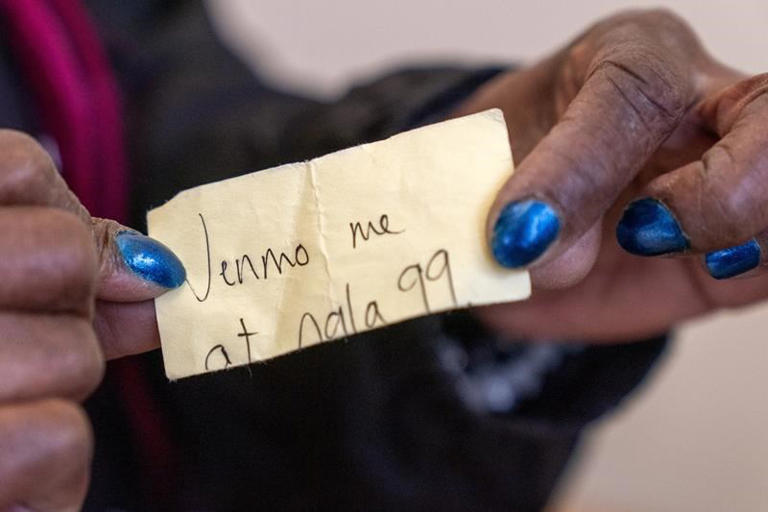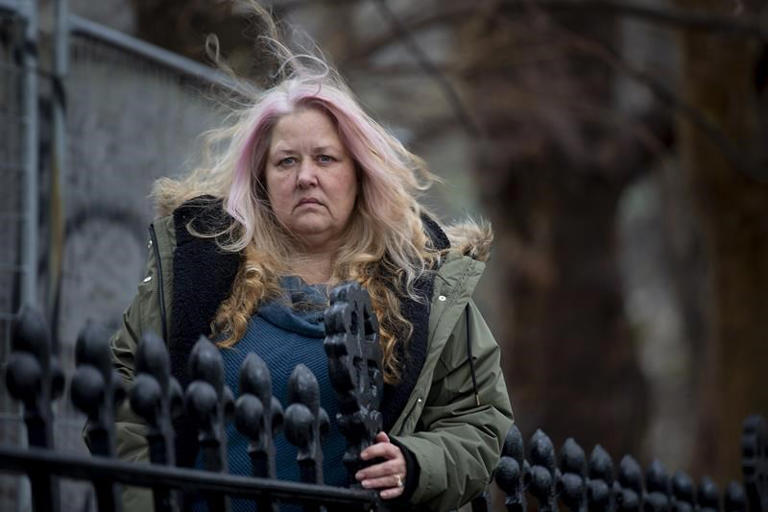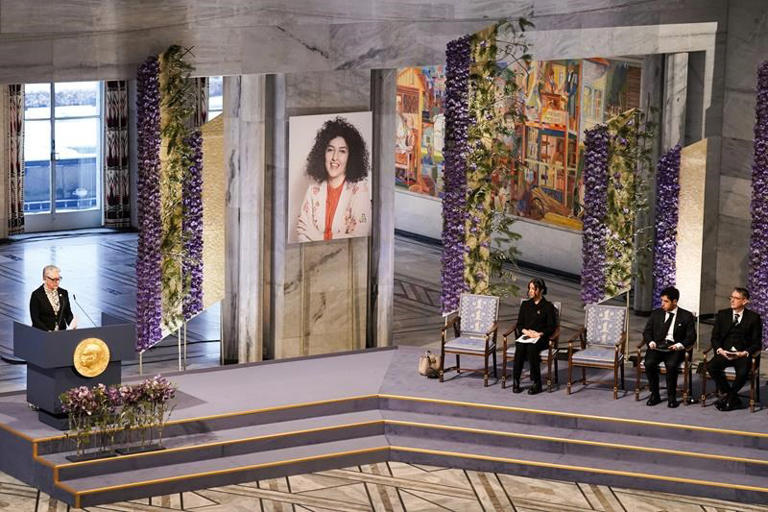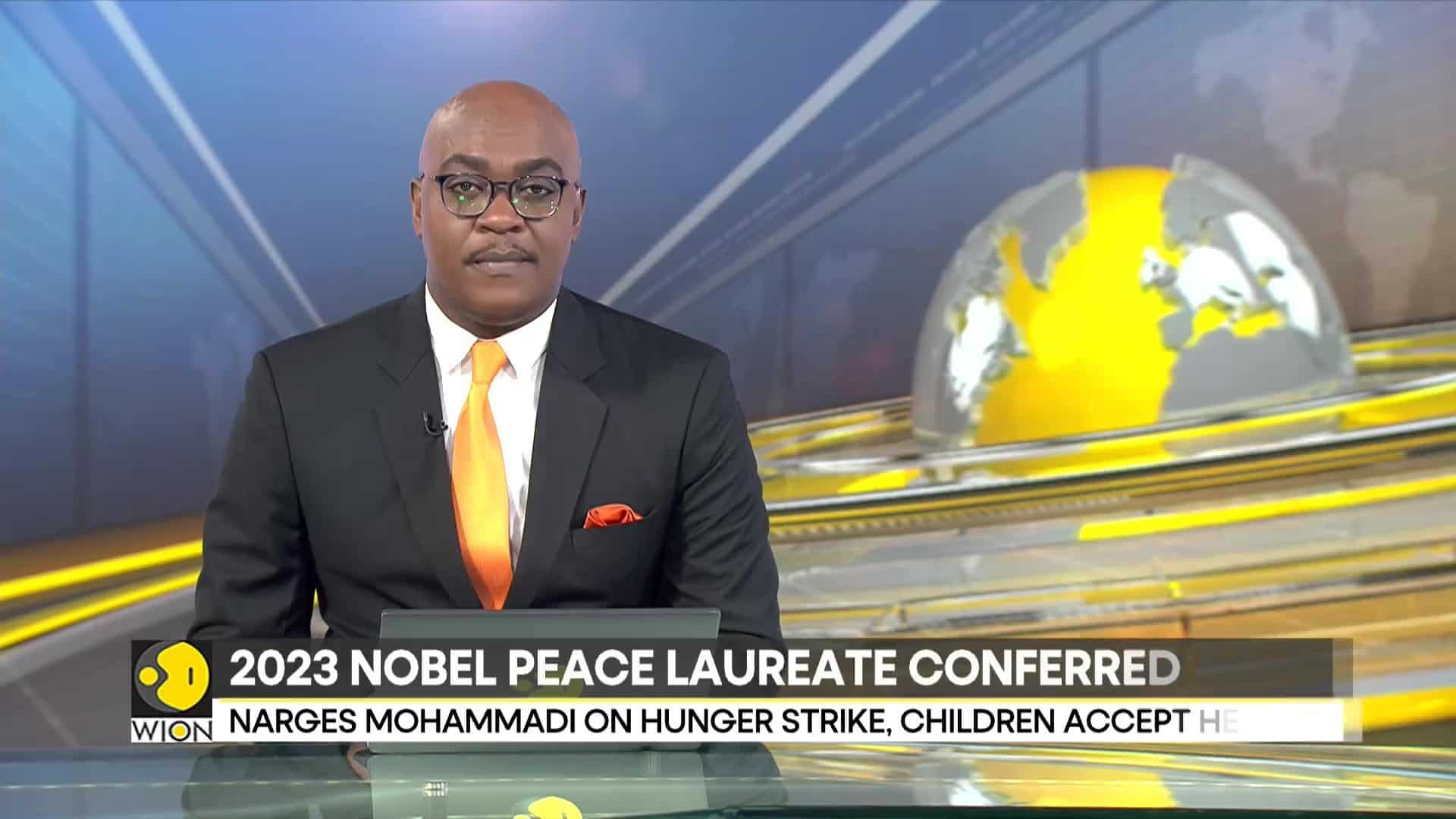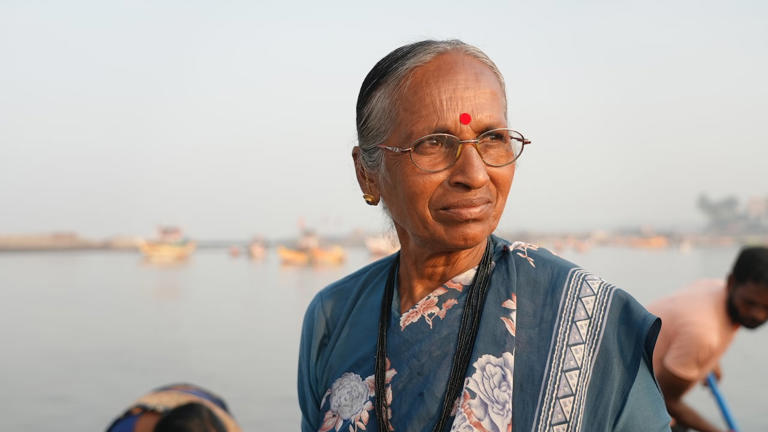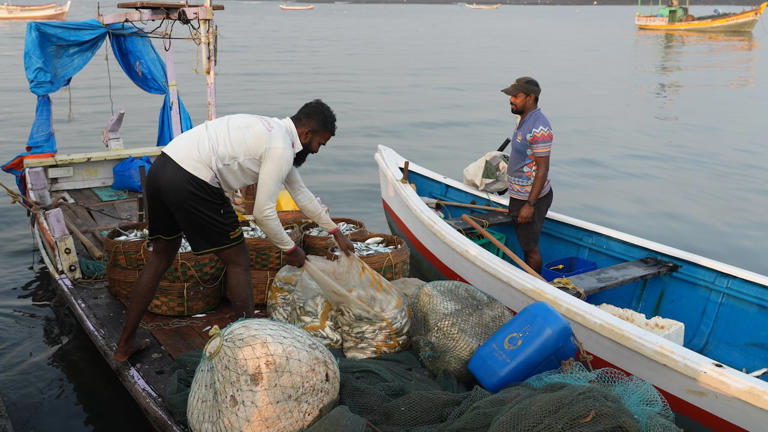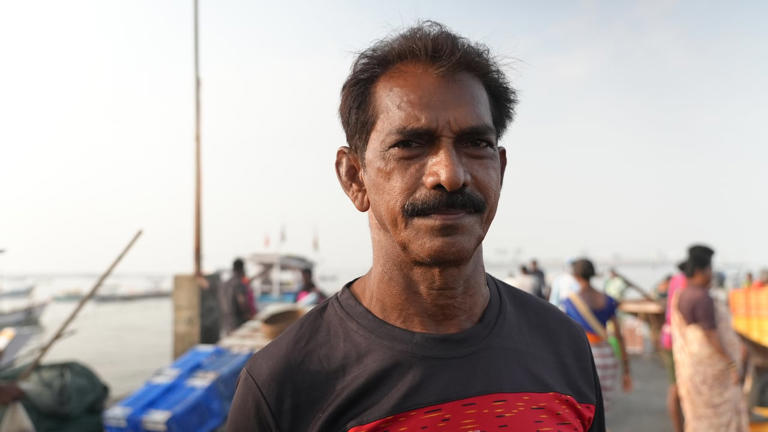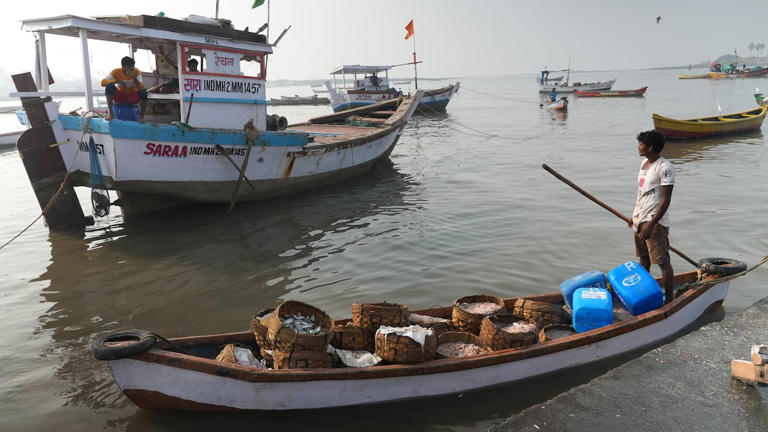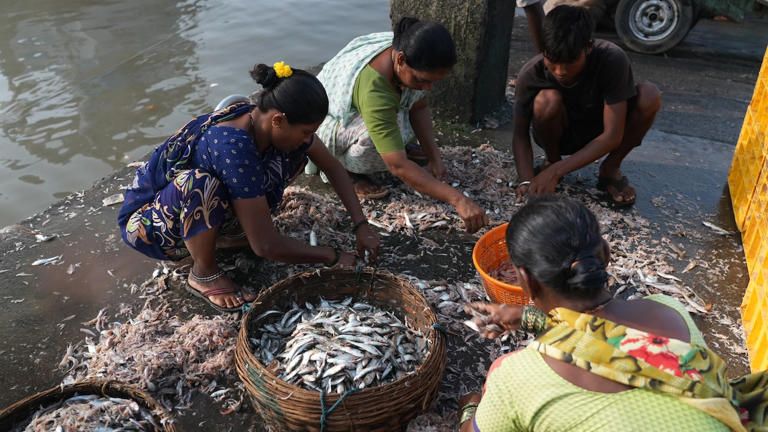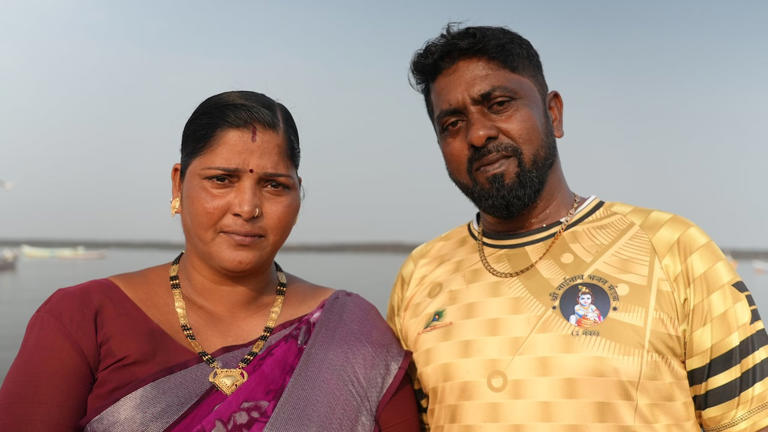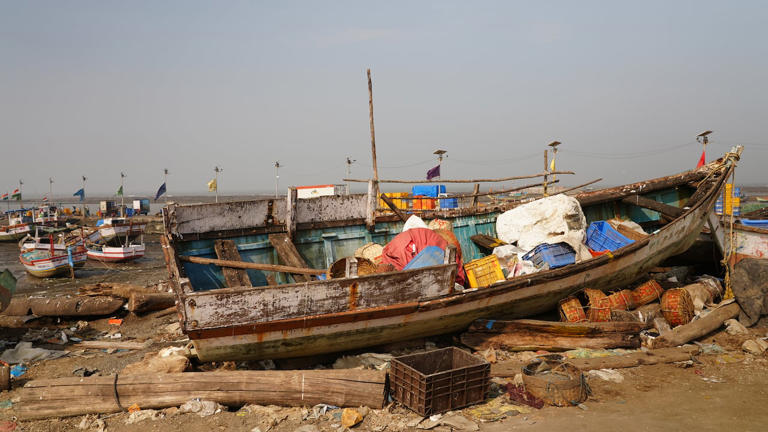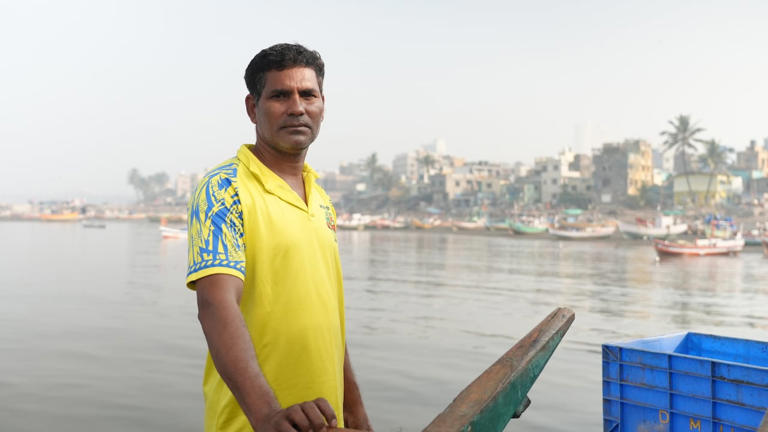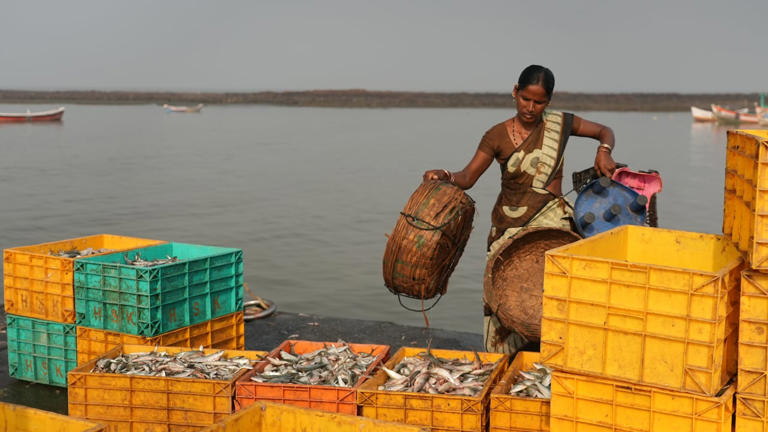Story by The Canadian Press • 1d
Future students in Manitoba will learn about the history of Louis Riel and his role as the province’s first premier after the Louis Riel Act received Royal Assent and became law on Friday, David Chartrand, president of the National Government of the Red River Métis, said.
The Act, Chartrand said, is the result of over three decades of advocacy and public education work by him and other ministers of the Manitoba Métis Federation. It sets to rights a 153-year-old injustice by declaring Louis Riel as the first premier of Manitoba, he said. It also requires the Manitoba education curriculum to include the significant contributions of Riel.
“We’re trying to correct this historical wrong that includes not only implications towards (Riel), our first premier, but implications against our Nation as a people, and how society looks at us differently because they adopted the ideology that Riel was a traitor and a madman,” Chartrand told the Sun.
Riel was born in 1844 and formed a militia, taking possession of Upper Fort Garry and beginning the Red River Resistance in 1869, the Manitoba government website says.
During the winter of 1869-70, Riel formed a provisional government and presented a Bill of Rights to Canada, which went on to become the Manitoba Act on May 12, 1870. Riel’s government approved it on June 24, and the Act came into effect on July 15.
Riel was elected to the Canadian Parliament but denied his seat on three separate occasions. He was convicted of murder and sentenced to death in 1874 for executing an agitator in 1870, the website said. Riel received amnesty on the condition that he remain in exile for five years, and after being defeated in the North-West Rebellion at Batoche in May 1885, was found guilty of high treason and hanged in Regina on Nov. 16, 1885.
Chartrand, along with Red River Métis citizens, staff and MMF cabinet members, were at the Manitoba Legislative Building yesterday to witness the moment the Act received Royal Assent.
“It’s almost hard to believe that all the years of struggle and advocacy could end with a single gesture by our lieutenant governor, Anita Neville,” Chartrand said. “This makes our Nation’s dreams come true, and instils a huge sense of pride in our citizens.”
After the Act was passed into law, Chartrand was presented with a copy of the Act signed by Premier Wab Kinew and the Red River Métis Members of the Legislative Assembly who helped usher in the legislation. The first signed copy will be taken to Riel’s gravesite, and the second will be framed and put on display in the MMF’s heritage centre, so future generations of Red River Métis people will be able to see an understand the battle for Riel’s recognition, Chartrand said.
“I commend Premier Kinew and his team for joining us in this long battle, walking alongside us for the last few years as we worked to achieve this vision.”
The MMF will continue to work with the province to see that an oil painting of Riel, similar to the paintings of other premiers, will be installed to further inspire Red River Métis citizens, Manitobans and Canadians.
The next step for the MMF will be to ensure that Canadians are educated about the contribution of Louis Riel as a father of Confederation, Chartrand said.
“Without doubt, he is looking down on us and seeing that his courage, bravery and sacrifice were not in vain.”
Chartrand is also excited about the portion of the Act that involves education.
“All children in Manitoba and Canada will now learn about Louis Riel the hero, the visionary, the founder of Manitoba and a father of Canada’s confederation,” he said. “It’s a proud day to be Red River Métis.”
Adrienne Carriere, the director of the MMF’s Infinity Women Secretariat, agreed with Chartrand’s sentiments.
“It’s been an exciting couple of weeks with the MFF,” she said.
The granting of Royal Assent to the Louis Riel Act was part of the Kinew government’s end to the fall sitting of its first legislative session, with the passage of three bills focused on reconciliation and cutting fuel taxes. The session will resume with the spring sitting on March 7.
Miranda Leybourne, Local Journalism Initiative Reporter, Brandon Sun
